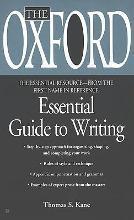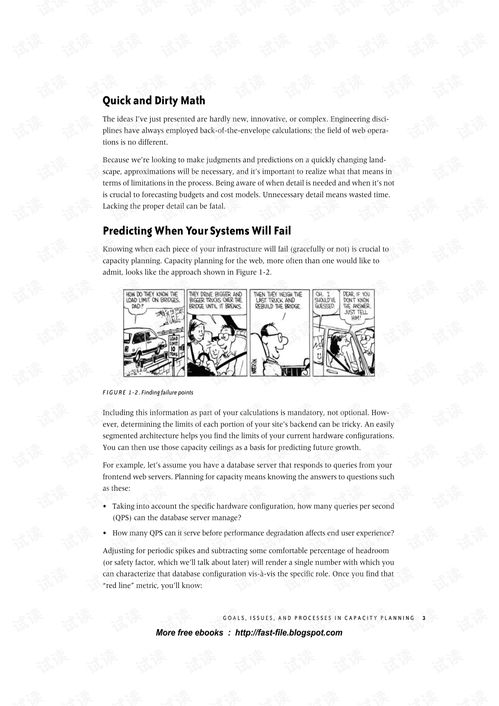Content:
Fishing, an age-old pastime, has been captivating anglers for centuries. Whether you're a seasoned pro or a beginner looking to hone your skills, understanding how to reel and troll effectively can significantly enhance your fishing experience. In this article, we'll delve into the intricacies of these techniques, offering practical advice on how to接线调漂, as well as other essential fishing tips.

Understanding Reeling and Trolling
To begin, let's clarify the difference between reeling and trolling. Reeling involves manually winding the line from a reel onto the spool, while trolling is a method where the boat moves with the lure or bait at a steady speed, often with the aid of an engine.
How to Reel: A Step-by-Step Guide
Select the Right Equipment: Choose a reel that matches the type of fishing you plan to do. Spinning reels are ideal for lighter lines and lures, while baitcasting reels are better suited for heavier lines and lures.
Load the Line: Attach the fishing line to the reel by threading it through the guides on the rod and spool. Make sure the line is tight and secure.
Adjust the Drag: The drag is a crucial component that allows you to set the tension on the line. Adjust it to a level that will prevent the fish from breaking the line when it strikes.
Cast the Line: Hold the rod with a comfortable grip and cast the line out into the water. Aim for a smooth, controlled cast to avoid snags.
Retrieve the Line: Once the lure or bait has reached its desired depth, begin reeling it in. Use a steady, consistent pace to avoid spooking fish.
Set the Hook: When a fish bites, set the hook by jerking the rod towards you. This will ensure the hook is securely in the fish's mouth.
Land the Fish: Once you've set the hook, reel in the fish slowly but steadily until it's close enough to land. Use a net if necessary to safely remove the fish from the water.
How to Trolling: A Comprehensive Approach
Choose the Right Lure: Trolling requires specific lures designed to mimic the movement of natural prey. Soft plastics, spinners, and spoons are popular choices.
Set the Trolling Speed: The speed at which you troll can significantly impact your success. Experiment with different speeds to see what works best in your fishing environment.
Adjust the Depth: Trolling at different depths can target different species of fish. Use a depth finder to determine the optimal depth for your lure.
Use a Trolling Motor: A trolling motor can provide a steady, consistent speed, which is crucial for successful trolling. Ensure it's properly adjusted to avoid snags.
Monitor the Bait: Keep an eye on your lure to see if it's attracting fish. Adjust your position or lure presentation if necessary.
Handle the Bites: When a fish strikes, be prepared to set the hook quickly. Remember to maintain a steady pace and avoid sudden movements that could spook the fish.
How to Reel and Trolling: Tips for Success
Practice Casting: Like any skill, casting requires practice. Spend time honing your casting technique to improve your accuracy and distance.
Understand Local Regulations: Familiarize yourself with local fishing regulations, including size and catch limits, to ensure you're fishing legally and responsibly.
Stay Patient: Fishing can be a waiting game. Stay patient and be prepared to wait for the perfect opportunity.
Use the Right Bait: The type of bait you use can make a significant difference in your success. Research the species you're targeting and use the appropriate bait.
Maintain Your Equipment: Regularly check and maintain your fishing gear to ensure it's in good working order. This includes checking the line, hooks, and reels for signs of wear and tear.
In conclusion, mastering the art of reeling and trolling requires patience, practice, and a thorough understanding of the techniques involved. By following the steps outlined in this article, you'll be well on your way to becoming a more skilled and successful angler. Happy fishing!












